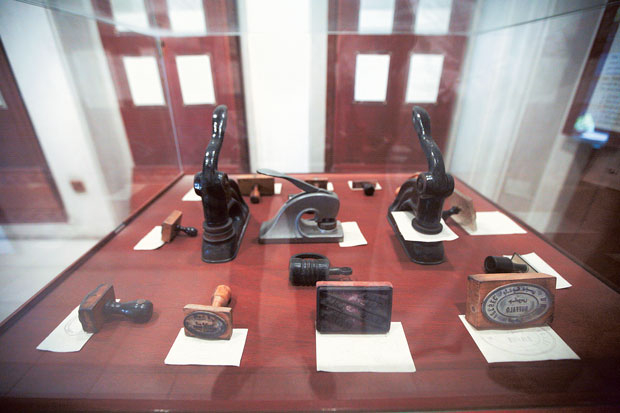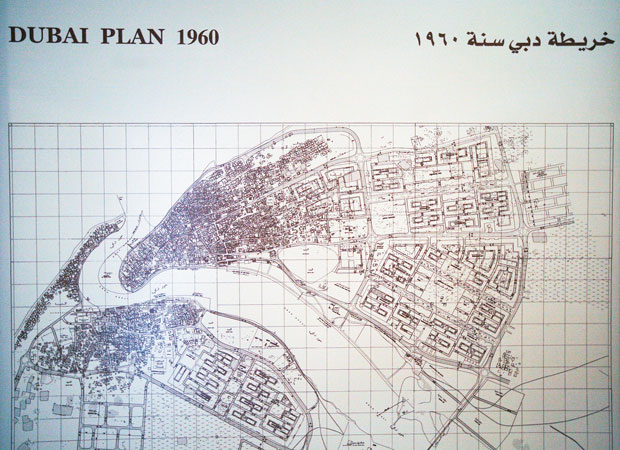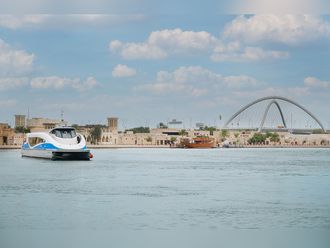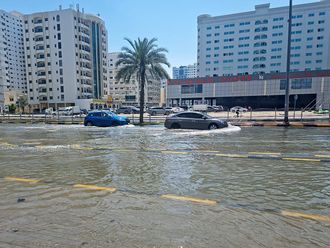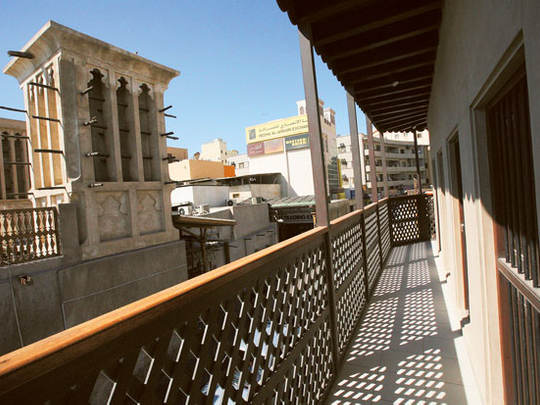
Dubai: Four rooms. That was the extent of the municipality in Dubai during the late 1950s.
It is where you went for any kind of government service, be it related to housing, health, traffic or international trade.
Even the fire service and some aspects of schooling came under the early civic body.
The growth of the municipality, affectionately called the “mother of all government departments” in Dubai, reflects the growth of Dubai.
That is why the rooms have been turned into a museum, so visitors can get a sense of what Dubai was, and how it came to be what it is today.
The old pictures, ageing documents and outdated office stationery, frozen in time at the Dubai Municipality Museum, give away much of the culture and lifestyle back then.
Tenants and merchants, rich and poor, walked up a narrow flight of stairs to the rooms, located on the upper floor of shops on the Dubai Creek in Deira.
There were no appointments — even the office of the Ruler was open to visitors. You just had to wait your turn.
The rooms were separated by narrow, shaded corridors where people sat and waited as officials went over the paperwork.
The office furniture was basic and the building itself was inconspicuous. Maps and illustrations were drawn by hand and there was no flicker of computer screens. Typewriters clattered away in the offices above as shopkeepers haggled with customers on the streets below.
Even barter deals, which took place at a spot near the building, were ultimately overseen by the municipality.
But the unassuming building, which served as a traders’ lodging before the municipality moved in, was inconspicuous only in appearance.
After all, it is the place where Dubai’s iconic structures were born, where they were planned and signed off. The first airports, bridge, undersea tunnel, library – all were municipality projects.
A handful of officials pored over stacks of decrees, drawings, plans, tenders, applications, surveys, receipts, memos, ration cards and letters – touching almost every aspect of life in old Dubai.
The ambition to bring Dubai up to speed with world-class cities transcended the dimensions of the small office, said Rashad Bukash, executive director of the municipality’s architectural heritage department.
Bukash said Dubai’s then ruler, Shaikh Rashid Bin Saeed Al Maktoum, had the vision to place high-quality public services at the core of development.
“We had four offices and few employees. Today, we have 14,000 staff and 33 departments taking care of many fields. It shows you the changes that have taken place so fast. That’s why we made it a museum,” he added.
Yousuf Sulaiman, who is head of the museum, added: “Back then, there were zero female employees. Now maybe they are more than men… The changes that happened in the municipality are not just about the municipality. They tell you a story about Dubai.”
Dubai Municipality, which was formerly a part of the Customs Department, moved to the building’s first floor in 1957 after it was made an independent entity. At the Customs headquarters, the civic body operated from a single room. The municipality’s offices were later shifted to another building on Al Maktoum Street in 1964 before moving to the present building on Bani Yas Street in 1980.


